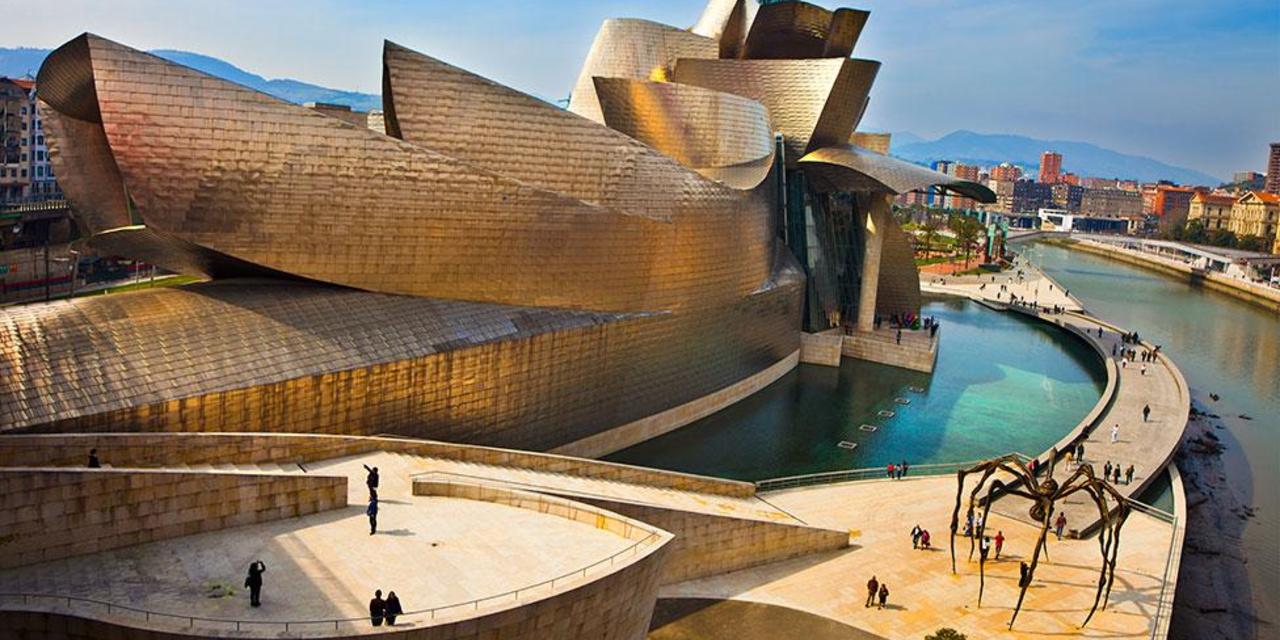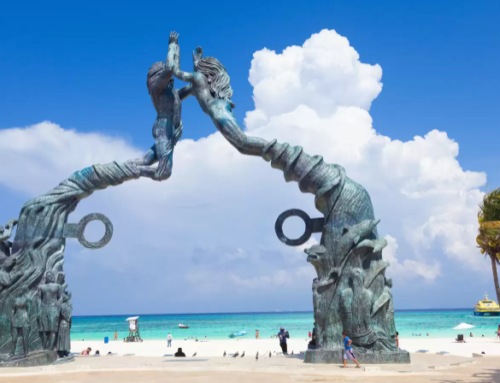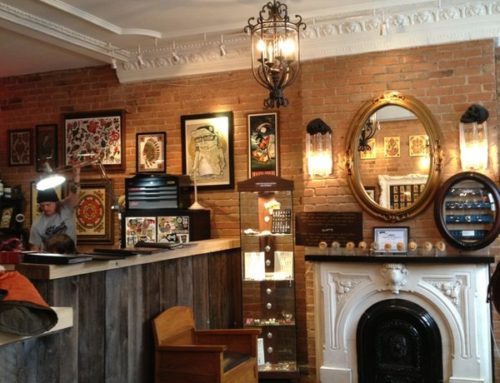Dear Nura from the future, congratulation on figuring out the first step on your journey towards the unknown.
The Guggenheim Museum in Bilbao, which made both its architect Frank Gehry and the small Basque city world-famous, has been described as “the world’s largest toy” and the “Miracle in Bilbao.” Since its opening in 1997, it has inspired a plethora of critiques, articles, awards, artists, and visitors. Here are it’s most famous artworks. Which one do u prefer?
“Untitled” by Mark Rothko
This classic piece was painted between 1952 and 1953, and features his iconic large-scale blocks of bright colors. Rothko, an American artist, is one of the central figures of the New York School, who creates his abstract pieces to illicit “basic human emotions — tragedy, ecstasy, doom, and so on,” from the audience, according to Rothko himself. This piece was first exhibited in the Art Institute of Chicago.
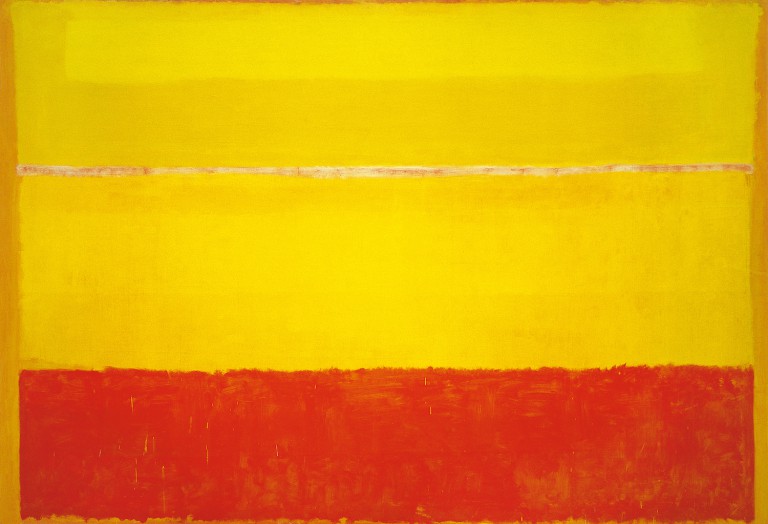
“The Matter of Time” by Richard Serra
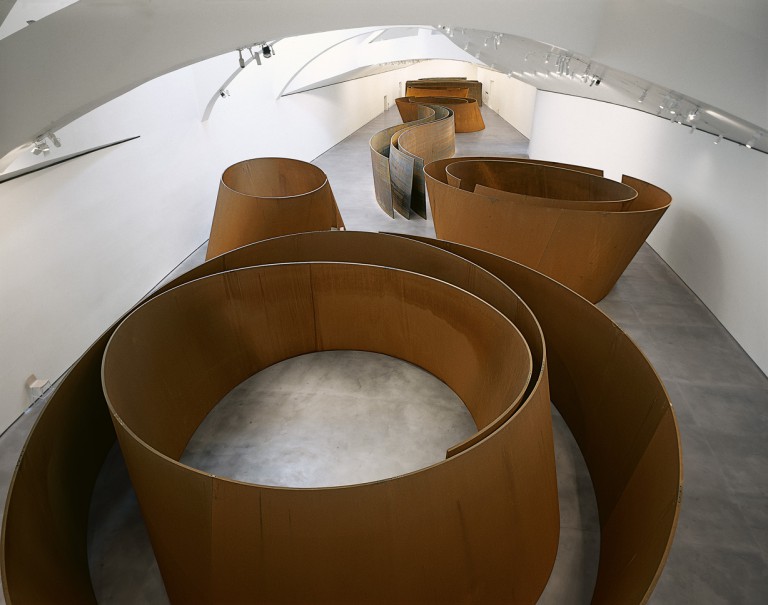
Built between 1994 and 2005, these set of eight sculptures by Richard Serra are made from weathered steel, and showcase the evolution of the artist’s sculptural forms. They range from simple ellipses to complex spirals and perfect spheres.
Displayed along narrow corridors within the museum, visitors can take their time passing and observing each one.
“Barge” by Robert Rauschenberg
This piece by Robert Rauschenberg was created using oil and silkscreen on canvas, using the artist’s own photographic images, as well as those from popular media sources. Made from 1962-63, Rauschenberg was influenced by the then little-known Andy Warhol, by using silkscreens and transcribing images onto them such as newspapers, maps, magazine ads and comics.

“Maman” by Louise Bourgeois
One of the Guggenheim’s most iconic pieces, this artwork stands just outside the museum and, at nine meters tall, towers over visitors. A giant spider made from bronze, marble and stainless steel, it was created in 1999 and is one of Louise Bourgeois’ most ambitious projects. Made as a tribute to the artist’s mother, who was a weaver, it looks at the protective nature of mothers, as the spider tries to protect the sac of eggs attached to her stomach.
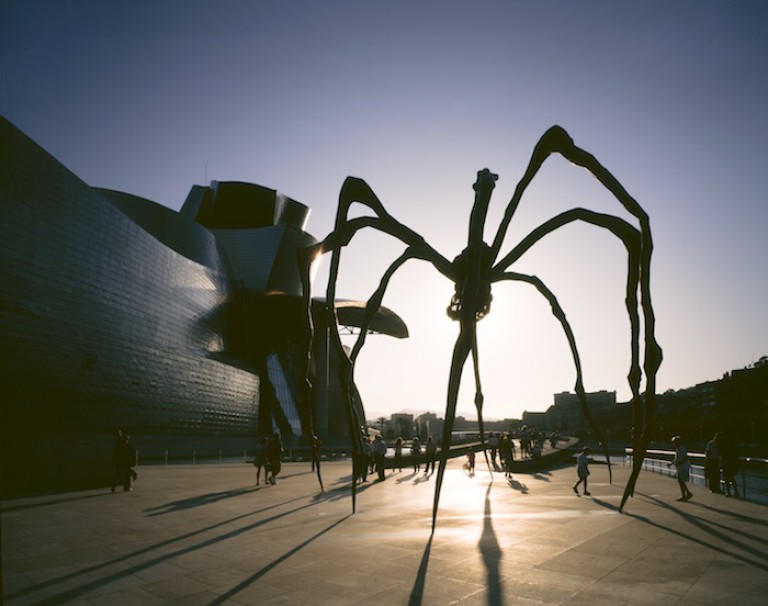
There Nura!
You are closer then you think!
Lets see how you will do from here on.
